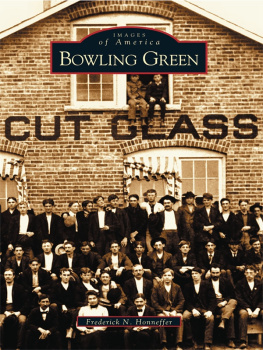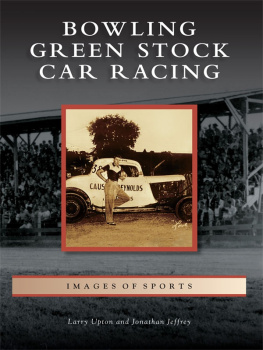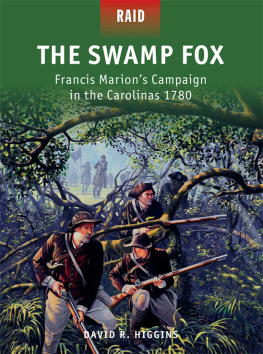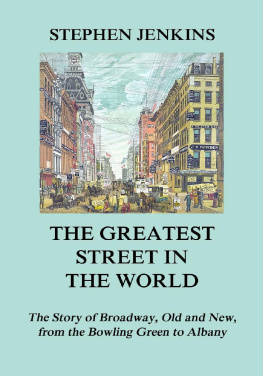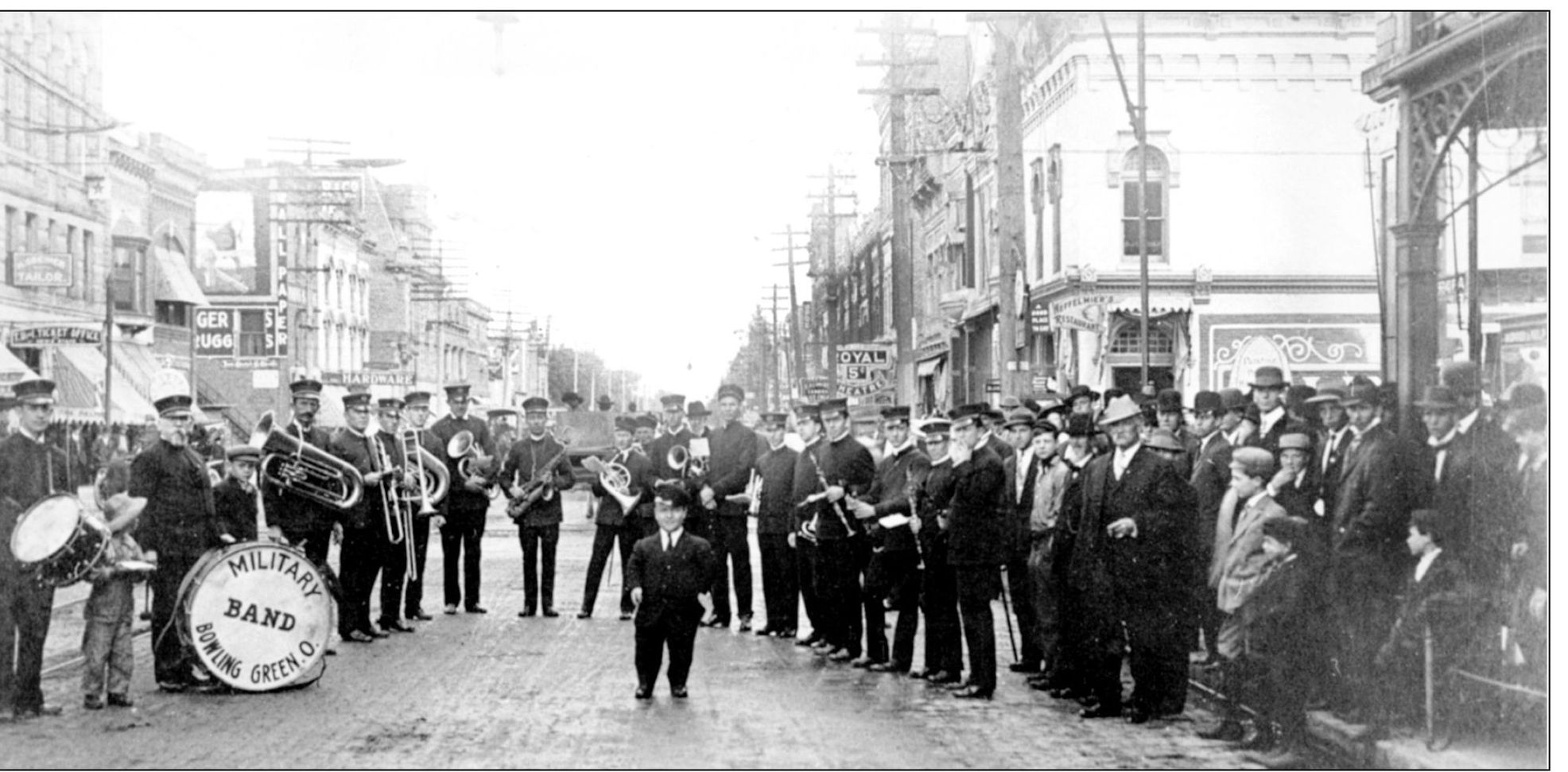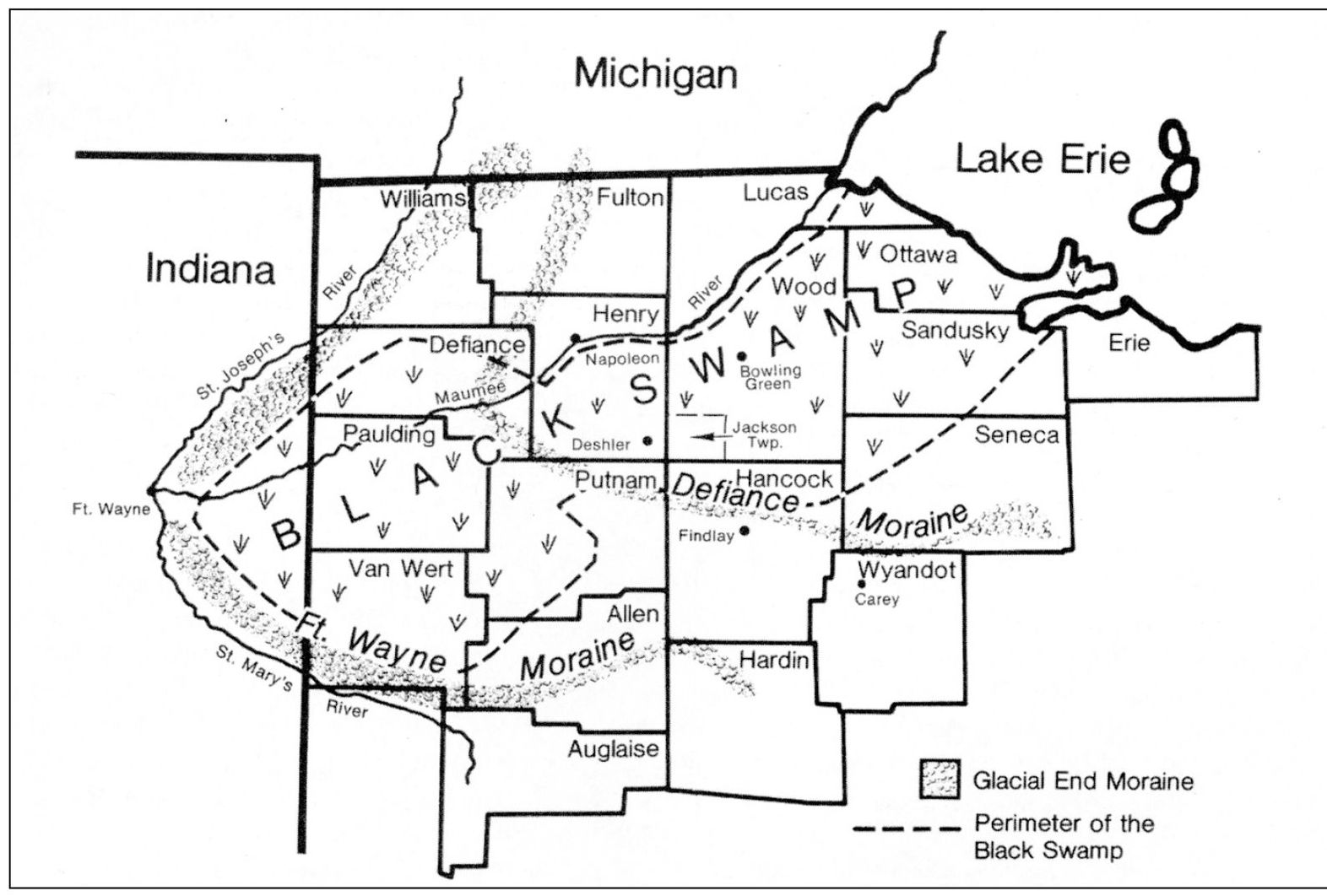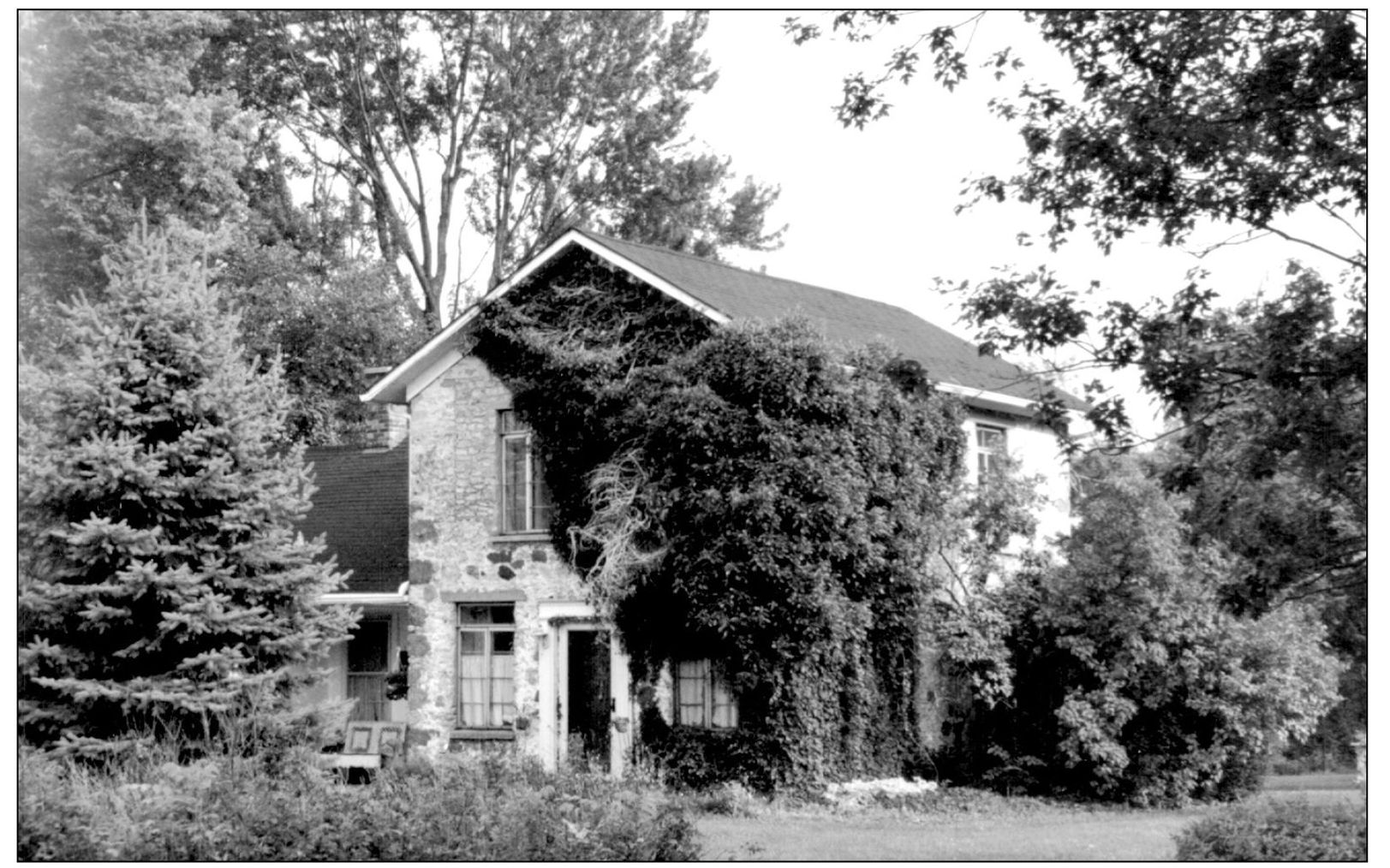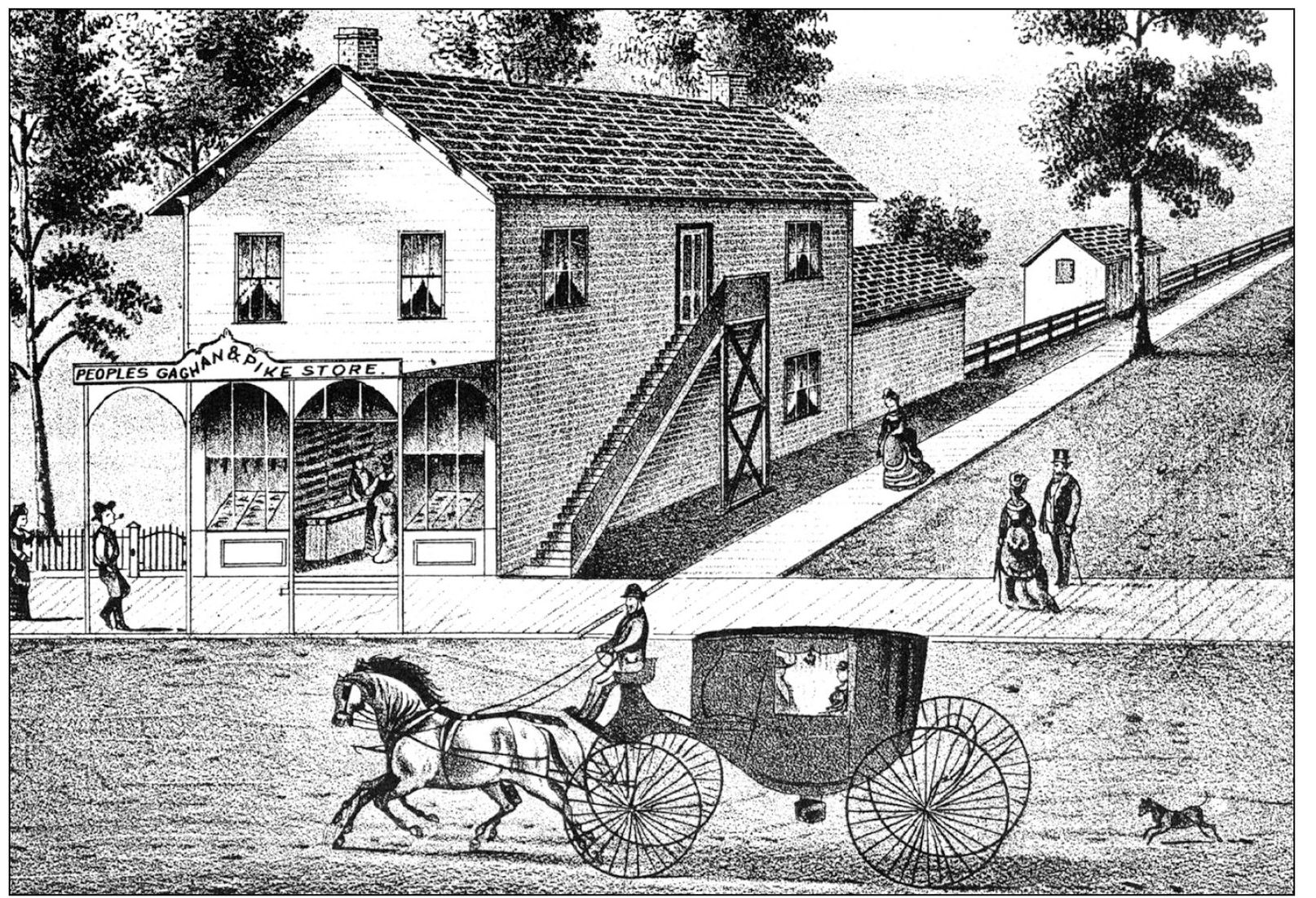BIBLIOGRAPHY
A Brief History of Wood County and Bowling Green. 1908. Bowling Green, Ohio.
Armstrong Scrapbooks , two volumes, Wood County Public Library. Bowling Green, Ohio.
Beers, J.H. Commemorative, Historical, and Biographical Record of Wood County, Ohio. 1897. Chicago: J.H. Beers and Company.
Bowling Green City Directories: 1897, 1909, and 1947.
Bowling Green Sesquicentennial Commission. Bowling Green, Ohio: A Sesquicentennial History 18331983. 1985 Toledo, Ohio.
Chapman, Roger. It Started With Doctors on Horseback: A History of Medicine, Marking the Fiftieth Anniversary of Wood County Hospital. 2001. Bowling Green, Ohio, Wood County Genealogical Society.
Coller Scrapbook, Wood County Public Library. Bowling Green, Ohio.
Fletcher, Lyle Rexford. An Historical Gazetteer of Wood County, Ohio. 1988. Evansville, Indiana: Whipporwill Publications.
Glacier Left Black Swamp. Sentinel-Tribune , 9-8-77.
How Bowling Green Became the County Seat. Sentinel-Tribune , 6-12-81.
Hubbard Scrapbooks, Bowling Green volumes 1-7. Wood County Public Library. Bowling Green, Ohio
Kinney, Ken. Black Swamp Once Ruled the Land and People. Sentinel-Tribune , 6-10-99.
Mabry, Michael. Wood County Oil Museum.
Men of Northwestern Ohio. 1898. Bowling Green, Ohio: C.S. Van Tassel.
Murray, Melvin L. Fostoria, Ohio Glass II. 1992. Fostoria, Ohio: M.L. Murray.
Paquette, Jack K. Blowpipes: Northwest Ohio Glassmaking in the Gas Boom of the 1880s. 2002. U.S.: Xlibris Corporation.
The Public Buildings of Modern Bowling Green. 1905. Toledo, Ohio: Heyman and Kraus.
Trsek, Sharon. The Millikin Hotel: Building a Future from the Past, Downtown Historic District, Bowling Green, Ohio. 1999. Bowling Green, Ohio: Trsek.
Van Tassel, Charles, Sumner. A Genealogists Workbook for: The First One Hundred Years of Bowling Green, Ohio 18331933. 1983. Bowling Green: Wood County Chapter of the Ohio Genealogical Society.
Van Tassel, Charles Sumner, ed. Picturesque Northwestern Ohio and Battle Grounds of the Maumee Valley. 1901. Bowling Green and Toledo, Ohio.
Van Tassel, Charles Sumner. Souvenier of Bowling GreenThe Beautiful Crystal City. c.1895. Toledo: Hadley and Hadley, n.d.
Weiss, Larry J. Bowling Green State University: A Historical Photo Album . 1980. Fremont, Ohio: Lesher Printers.
Wilhelm, Peter W. Draining the Black Swamp: Henry and Wood Counties, Ohio, 1870-1920. Northwest Ohio Quarterly . Summer 1984. Bowling Green, Ohio. BGSU.
Wood County Ohio Atlases 18751912. 1982. Bowling Green, Ohio: Wood County Historical Society.
Find more books like this at
www.imagesofamerica.com
Search for your hometown history, your old
stomping grounds, and even your favorite sports team.
One
BLACK SWAMP SETTLEMENT
1833 TO 1867
WET NORTHWESTERN OHIO. The Great Black Swamp deterred all but the most determined settlers from locating in northwest Ohio. The estimated 1,500-square-mile swamp ran parallel with the Maumee Rivers east bank and extended southwest from Lake Erie to New Haven, Indiana. Wood County was established in the heart of the swamp. By 1823 Perrysburg on the Maumee served as the county seat for almost 800 settlers. (Courtesy Lucas County-Maumee Valley Historical Society.)
BLACK SWAMP HOMESTEAD. Townships were surveyed and named in the county, and settlers from mostly the mid-Atlantic and New England regions migrated through dense forest and damp ground beyond Perrysburg (next town south was Portage established in 1824) to build log and also stone dwellings upon dryer, glacier-produced sand hills and ridges. The Underwood family is pictured in front of their log homestead in Center Township south of Bowling Green about 1882. The early southern most portion of the community was called Mt. Ararat possibly because of the higher ground near the Perrysburg-Findlay Piketoday South Main Street and Napoleon Road. In 1835 this settlement was dominated by merchant Robert Mackies business headquarters. The north end of the settlement was called Hannons Corners, located near present day Poe Road and North Main Street. (Courtesy CAC-BGSU.)
JAMES WATSON STONE HOUSE. In the vicinity of Mt. Ararat limestone dwellings were constructed among their log counterparts. One such Greek Revival-style farmhouse was built by James Watson on property he bought in 1834 along present day Napoleon Road. This is considered to be one of the earliest structures in Bowling Green and is still used as a private residence. In 1833 Elisha Martindale registered his land and was designated the first settler. Alfred Thurstin soon followed. (Courtesy the author.)
POST OFFICE NAMED BOWLING GREEN. In 1834 the Jacob Stouffer and Henry Walker cabin was built on a sand ridge at the northeast corner of North Main and Merry Streets. It became the first post office and Walker, first postmaster. Mail carrier Joseph Gordon of Kentucky named the post office Bowling Green after his favorite Kentucky town. The cabin now concealed at the rear of this home became the center of the towns early affairs. (Courtesy WCPL.)
DAWN OF DOWNTOWN. A failed business venture near Mt. Ararat prompted early Bowling Green business man Levi C. Locke to locate his tavern and stock of goods north near the first post office. Alfred Thurstin, prosperous landholder, sold Locke ground on the east side of Bowling Greens South Main Street. Here he built a combined store and home. Downtown was born. Around 1848 the Gaghan and Pike general store opened at the corner of South Main and Union (Wooster) Streets. (Coutesty 1875 Wood County Atlas .)

